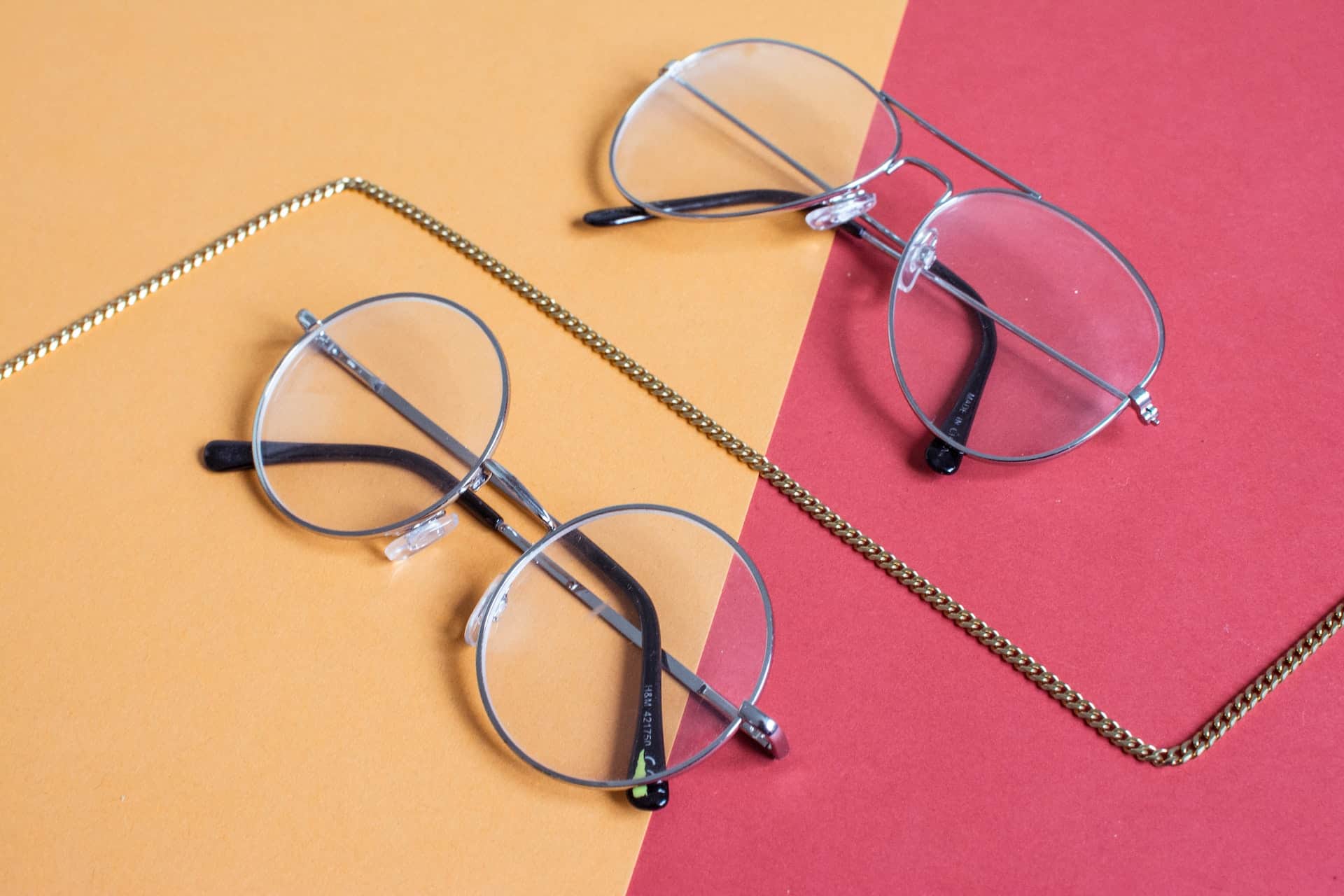When it comes to purchasing new glasses, most people focus on the lens prescription as the primary factor determining their visual acuity. While the prescription is undoubtedly crucial, it’s important to recognize that the shape and the frame designs you choose can also have a significant impact on your vision. In this article, we will explore the relationship between frame selection and vision, considering factors such as peripheral distortion, bifocal prescriptions, and the potential for optical distortions caused by certain frame designs.
Peripheral Distortion: Choosing the Right Frame
For individuals with high prescriptions, the size and shape of the frame play a significant role in minimizing peripheral distortion. Smaller frames tend to provide less distortion in the peripheral vision compared to larger ones. This occurs because the curvature of the lenses is reduced in smaller frames, reducing the amount of bending of light rays at the edges of the lenses. By opting for smaller frames, individuals with high prescriptions can experience more natural and distortion-free peripheral vision. It’s important to consult with an optician to find the balance between style and minimizing distortion for your specific prescription.
Bifocal or No-Line Bifocal Prescriptions: The Importance of Frame Height
For individuals with bifocal or no-line bifocal prescriptions, choosing the right frame height is crucial. The reading portion of bifocal lenses is typically positioned in the lower part of the lens, and a taller frame allows for optimal positioning of this portion. When the frame height is too short, it may cause the reading portion to be cut off or not align correctly with the wearer’s eyes. This can lead to discomfort and difficulties when trying to focus on near objects. By selecting a taller frame, you can ensure the reading portion of the lenses is properly positioned, providing a more comfortable and effective reading experience.
Optical Distortions and Frame Design
Frames that are tilted, turned, or have an extensive wrap-around effect can introduce optical distortions if not accounted for properly during the measuring and fitting process. These frame designs can affect how the lenses sit in front of the eyes, potentially distorting the prescription and leading to visual discomfort. It is essential to work closely with an optician to ensure that the lenses are accurately positioned to align with your eyes and prescription. This will help minimize any distortions caused by the frame design so that you can enjoy optimal vision quality.
Finding the Perfect Balance
When choosing frames, it’s essential to find a balance between style and functionality. While everyone wants to wear frames that suit their personal taste, it’s equally important to assess how the frame design will impact your vision. Consulting with an experienced optician can provide invaluable guidance in selecting frames that not only complement your face but also optimize your visual experience.





